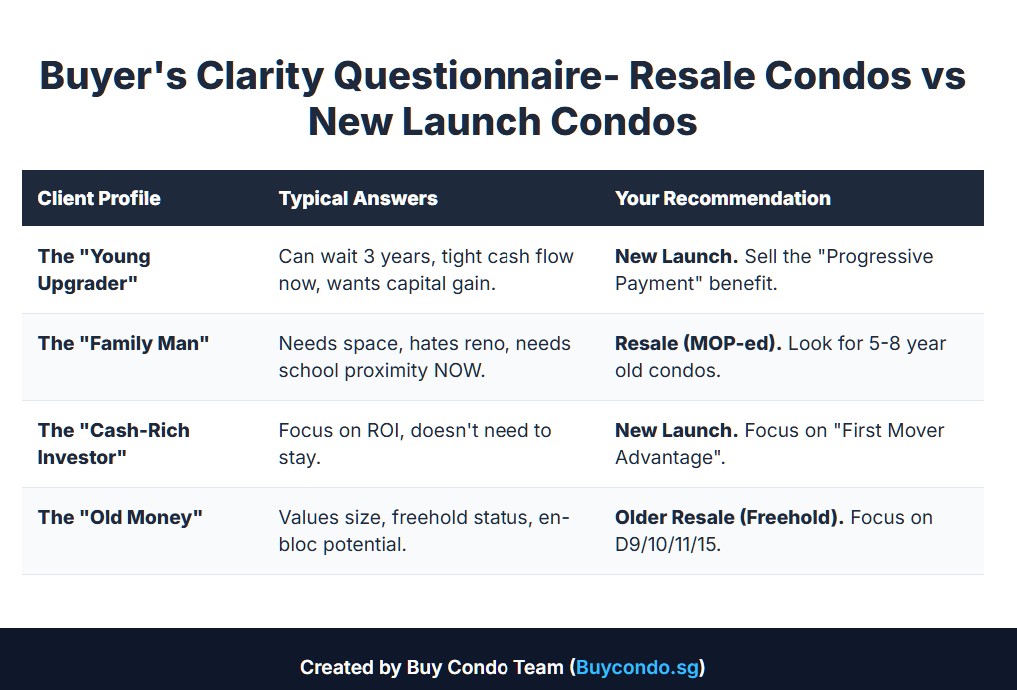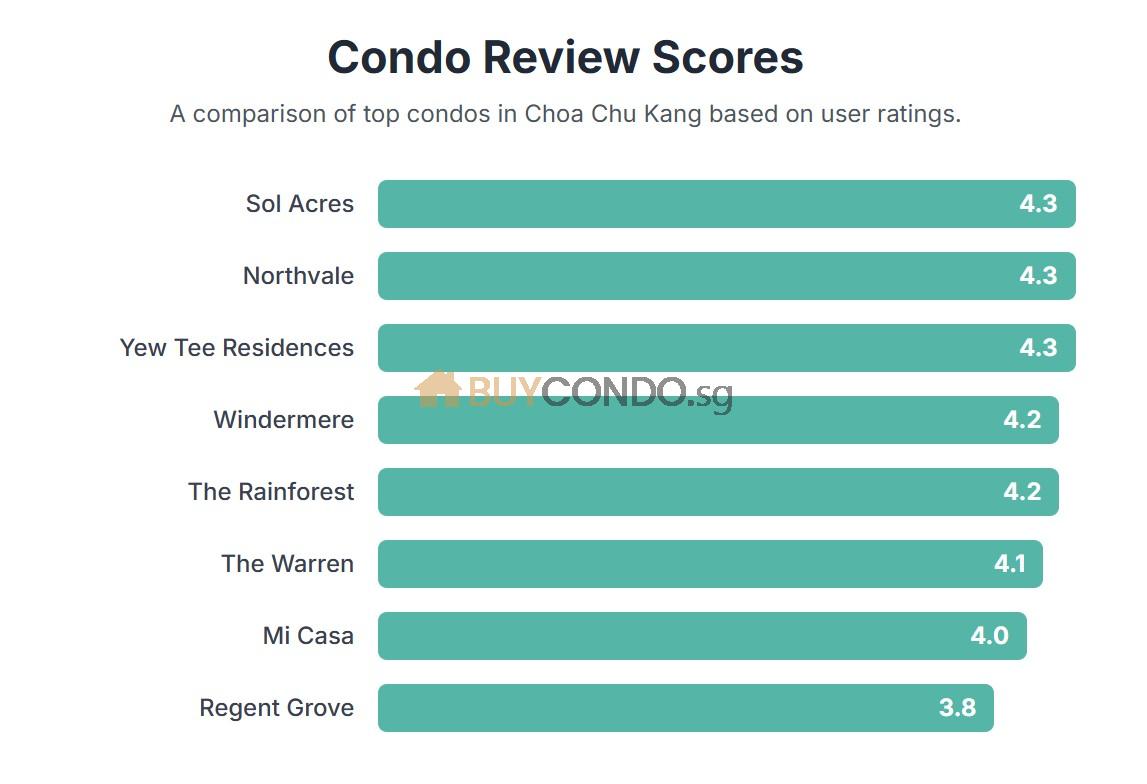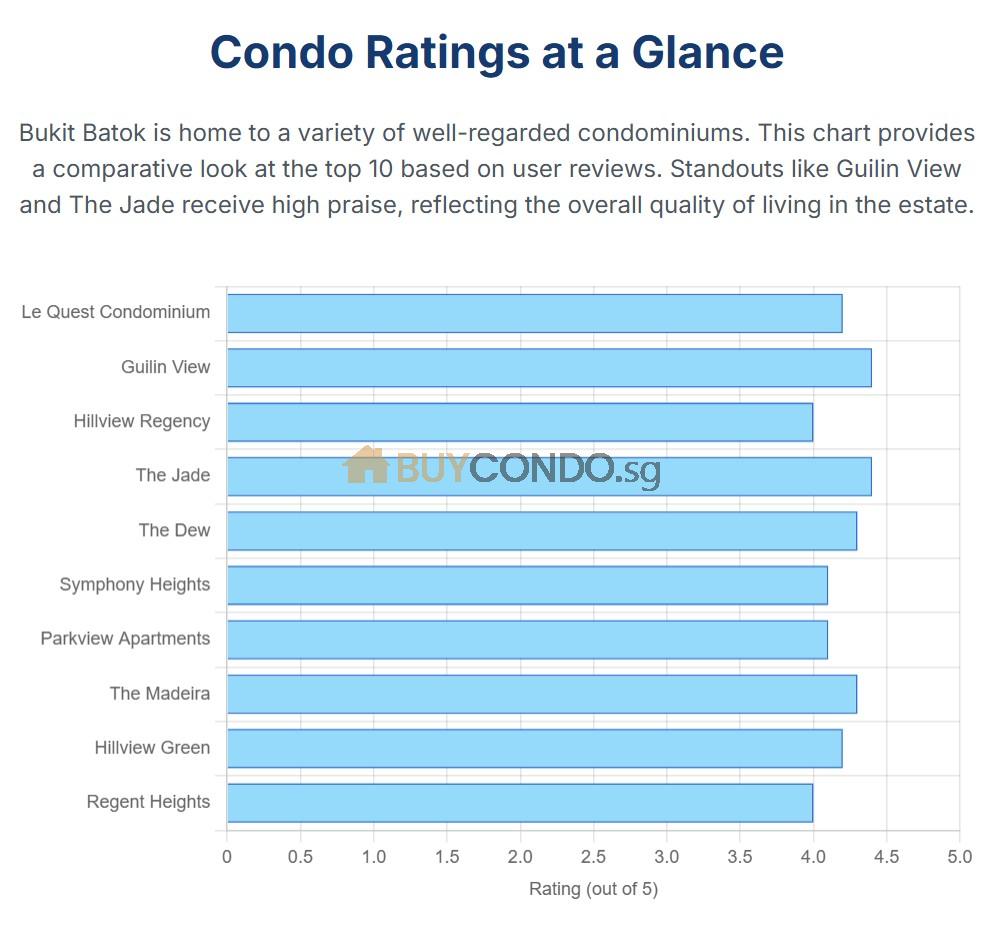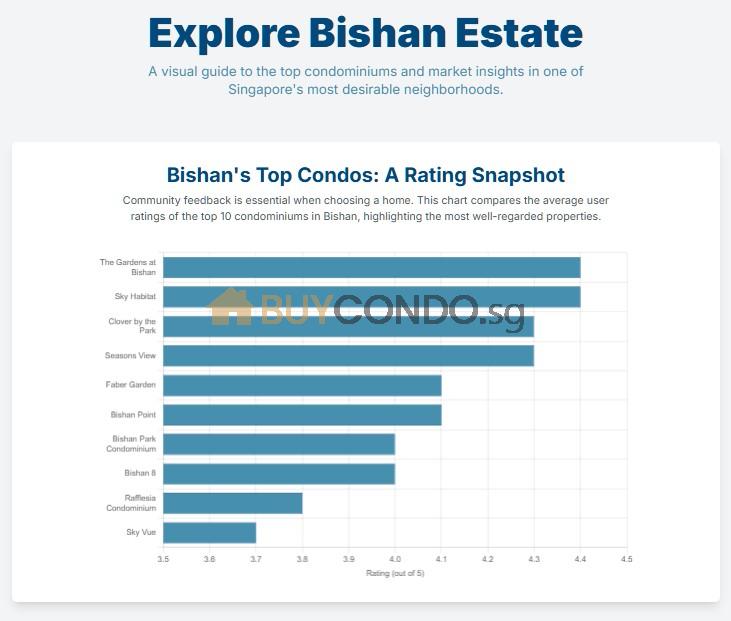The In N Out Model of Tenancy Management of a Property Manager (back to back leases)
Introduction
Regarding tenancy management, the Property Manager is vital in ensuring a seamless and rewarding experience. This article will explore the In-N-Out Model of tenancy management, a comprehensive approach that covers every stage of the tenant lifecycle. By following this model, Property managers can establish long-lasting relationships, foster tenant satisfaction, and maximize the return on investment for property owners.
The In-N-Out Model: An Overview
The In-N-Out Model of tenancy management draws inspiration from the popular fast-food chain known for its efficient service and customer satisfaction. Like In-N-Out Burger aims to deliver a memorable dining experience, Property Managers adopting this model prioritize smooth transitions, proactive communication, and prompt issue resolution throughout the tenancy journey.
Understanding Tenancy Management
Before delving into the specifics of the In-N-Out Model, let’s first establish a clear understanding of tenancy management. This process involves various aspects such as tenant acquisition, screening, move-in procedures, rent collection, property maintenance, communication, issue resolution, and move-out processes. Effective tenancy management requires attention to detail, strong organizational skills, and a customer-centric approach.
Step 1: Attracting High-Quality Tenants
In the initial stage, the focus is on attracting high-quality tenants who will respect the property and adhere to the lease agreement. Property Managers employ various marketing strategies, including online listings, professional photography, and engaging property descriptions, to showcase the unique features and benefits of the rental property.
Step 2: Comprehensive Tenant Screening
To ensure the best fit between tenants and properties, thorough tenant screening is essential. This involves conducting background checks, verifying employment and income, and assessing creditworthiness. Property Managers follow a diligent screening process to minimize the risk of renting to unreliable or financially unstable tenants.
Step 3: Smooth Move-In Process
A smooth move-in process sets the tone for a positive tenant experience. The property Manager facilitates the necessary paperwork, provides detailed move-in instructions, and conduct a comprehensive property walkthrough with the tenant. During this phase, clear communication and attention to detail establish trust and help tenants settle in comfortably.
Step 4: Efficient Rent Collection
Consistent and timely rent collection is vital for property owners. Property Managers streamline this process by offering multiple payment options, including online platforms and automatic transfers. Clear communication regarding rent due dates and late payment policies ensures compliance and minimizes disruptions.

Step 5: Proactive Property Maintenance
Proactive property maintenance is crucial to preserve the value of the rental property and ensure tenant satisfaction. The property manager regularly inspects the property, promptly address maintenance requests, and coordinates repairs with trusted vendors. By prioritizing maintenance, Property Manager create a safe and comfortable living environment for tenants.
Step 6: Effective Communication
Open and effective communication is the backbone of successful tenancy management. Property Manager maintains regular contact with tenants, promptly responds to inquiries and concerns, and provide updates on lease renewals, policy changes, or property improvements. Property Managers build trust and nurture positive relationships by fostering a transparent and responsive communication channel.
Step 7: Timely Issue Resolution
Inevitably, issues may arise during a tenancy. The In-N-Out Model emphasizes timely issue resolution to minimize tenant inconvenience and maintain a harmonious landlord-tenant relationship. Property Managers prioritize prompt action, whether it involves addressing maintenance concerns, resolving conflicts, or providing necessary assistance.
Step 8: Streamlined Move-Out Process
As tenancies come to an end, property managers aim to ensure a streamlined move-out process. They provide clear guidelines for returning the property in good condition, conduct thorough inspections, and handle security deposit refunds efficiently. A well-executed move-out process leaves a positive lasting impression on tenants and facilitates a smooth transition for property owners.
Conclusion
The In-N-Out Model of tenancy management embodies the commitment of the Property Manager to deliver exceptional service and create a positive renting experience. By following the steps outlined in this model, Property Manager can attract high-quality tenants, provide seamless move-in and move-out processes, prioritize effective communication, and resolve issues promptly. This customer-centric approach fosters tenant satisfaction, promotes long-term tenancies, and maximizes the value of rental properties.
FAQs
- Q: What makes the In-N-Out Model of tenancy management unique? A: Zero Day Vacancy is the main Objective. Work closely with Property Manager to discuss and rent out a fair price that meets this objective.
- Q: How can Property Manager attract high-quality tenants using this model? A: Well Sought Tenants knows that they are in demand; they will not want to overpay and renting out a fair price will allow you to meet more quality tenant who are qualified to lease the property.
- Q: What are the key elements of comprehensive tenant screening? A: While Singapore does not practice asking references from landlords who rented out their property to renters, landlords can still try asking and if the renters are confident, there should not be too much resilience.
- Q: How does effective communication contribute to successful tenancy management? A: Establish Trust with your Property Manager, he/she has less incentive to play the landlord or themselves out.
- Q: What are some tips for a smooth move-out process? A: Ask for a pre-inspection for the parties to be aligned on what is affected during the handover process.













